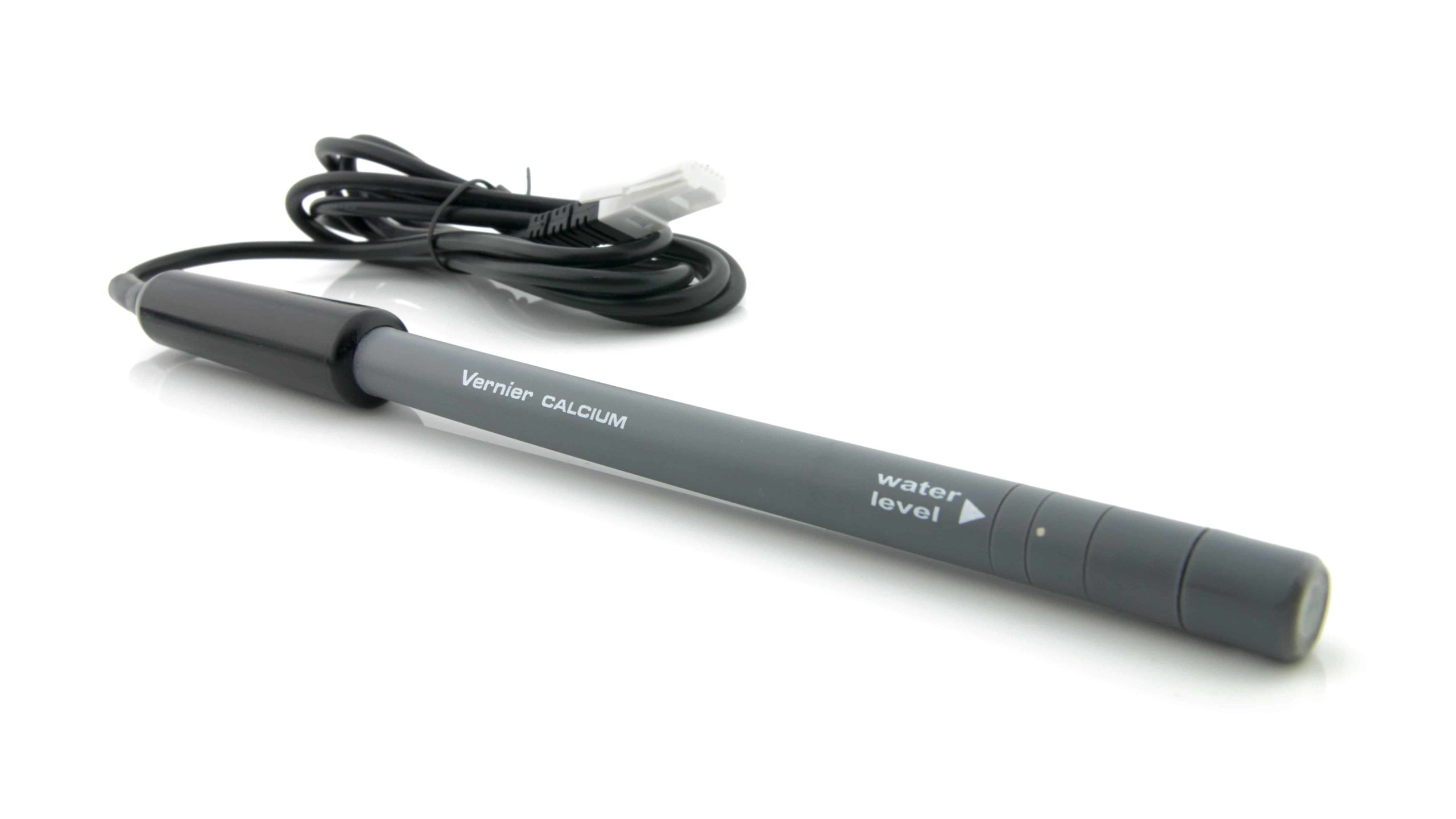Introduction
Calcium, Ca2+
Calcium, in the form of the Ca2+ ion, is one of the major inorganic cations, or positive ions, in saltwater and freshwater. It can originate from the dissociation of salts, such as calcium chloride or calcium sulfate, in water.
Most calcium in surface water comes from streams flowing over limestone, CaCO3, gypsum, CaSO4•2H2O, and other calcium-containing rocks and minerals. Groundwater and underground aquifers leach even higher concentrations of calcium ions from rocks and soil. Calcium carbonate is relatively insoluble in water, but dissolves more readily in water containing significant levels of dissolved carbon dioxide.
The concentration of calcium ions (Ca2+) in freshwater is found in a range of 0 to 100 mg/L, and usually has the highest concentration of any freshwater cation. A level of 50 mg/L is recommended as the upper limit for drinking water. High levels are not considered a health concern; however, levels above 50 mg/L can be problematic due to formation of excess calcium carbonate deposits in plumbing or in decreased cleansing action of soaps. If the calcium-ion concentration in freshwater drops below 5 mg/L, it can support only sparse plant and animal life, a condition known as oligotrophic. Typical seawater contains Ca2+ levels of about 400 mg/L.
Calcium Hardness as CaCO3
When water passes through or over mineral deposits such as limestone, the levels of Ca2+, Mg2+, and HCO3– ions present in the water greatly increase and cause the water to be classified as hard water. This term results from the fact that calcium or magnesium ions in water combine with soap molecules, forming a sticky scum that interferes with soap action and makes it “hard” to get suds. One of the most obvious signs of water hardness is a layer of white film left on the surface of showers. Since most hard-water ions originate from calcium carbonate, levels of water hardness are often referred to in terms of hardness as CaCO3. For example, if a water sample is found to have a Ca2+ concentration of 30mg/L, then its calcium hardness as CaCO3 can be calculated using the formula
(30 mg/L Ca2+) × (100 g CaCO3 / 40 g Ca2+) = 75 mg/L calcium hardness as CaCO3
Note that 30 mg/L Ca2+ and 75 mg/L calcium hardness as CaCO3 are equivalent—they are simply two different ways of expressing calcium levels. The value of calcium hardness as CaCO3 can always be obtained by multiplying the Ca2+ concentration by a factor of 100/40, or 2.5.
Another common measurement of water hardness is known as total hardness as CaCO3. This measurement takes into account both Ca2+ and Mg2+ ions. On average, magnesium hardness represents about 1/3 of total hardness and calcium hardness about 2/3. If you are comparing your own test results of calcium hardness as CaCO3 with results in publications that use units of total hardness as CaCO3, you can estimate total hardness by multiplying the calcium hardness by 1.5. See Test 14, Total Water Hardness, for further information about this topic.
Objectives
- Measure the calcium ion concentration in a stream or lake, in mg/L as Ca2+, using a Calcium Ion-Selective Electrode (ISE).
- Determine the calcium hardness as CaCO3 in mg/L.
Sensors and Equipment
This experiment features the following sensors and equipment. Additional equipment may be required.
Ready to Experiment?
Ask an Expert
Get answers to your questions about how to teach this experiment with our support team.
- Call toll-free: 888-837-6437
- Chat with Us
- Email support@vernier.com
Purchase the Lab Book
This experiment is #13 of Water Quality with Vernier. The experiment in the book includes student instructions as well as instructor information for set up, helpful hints, and sample graphs and data.


